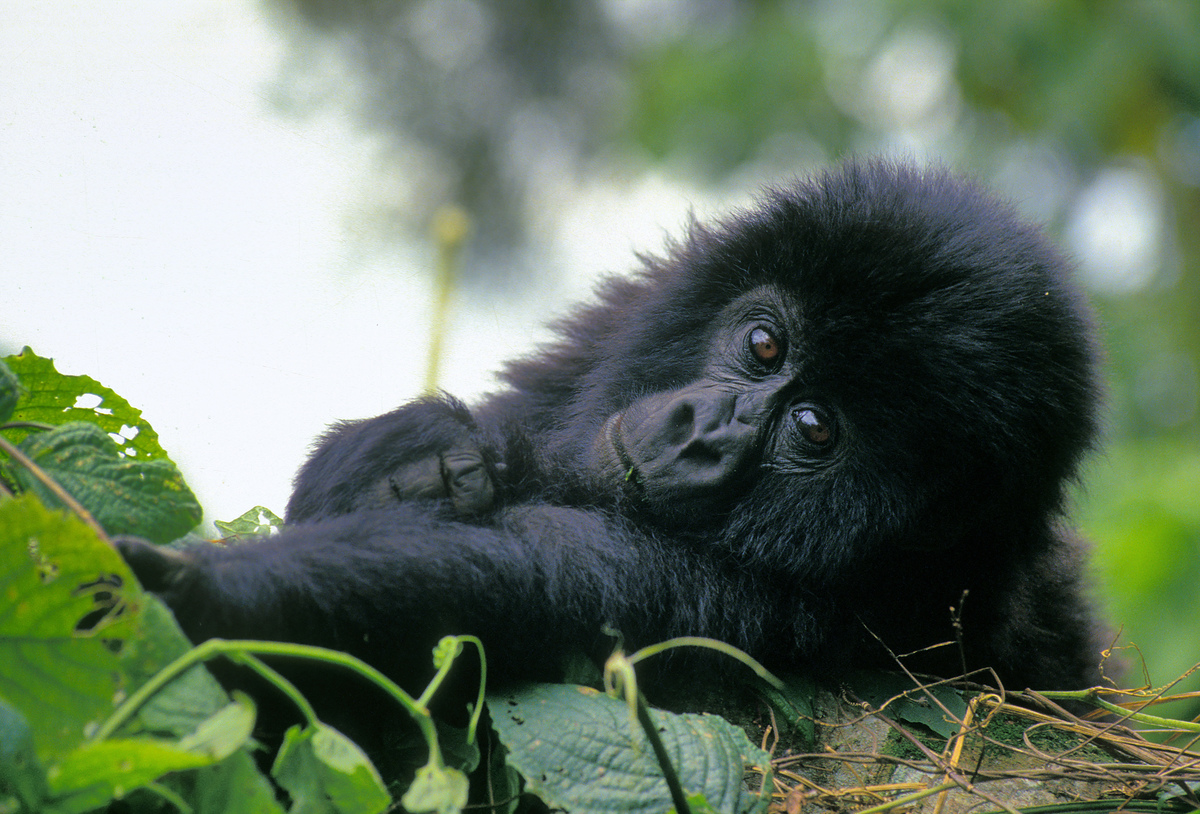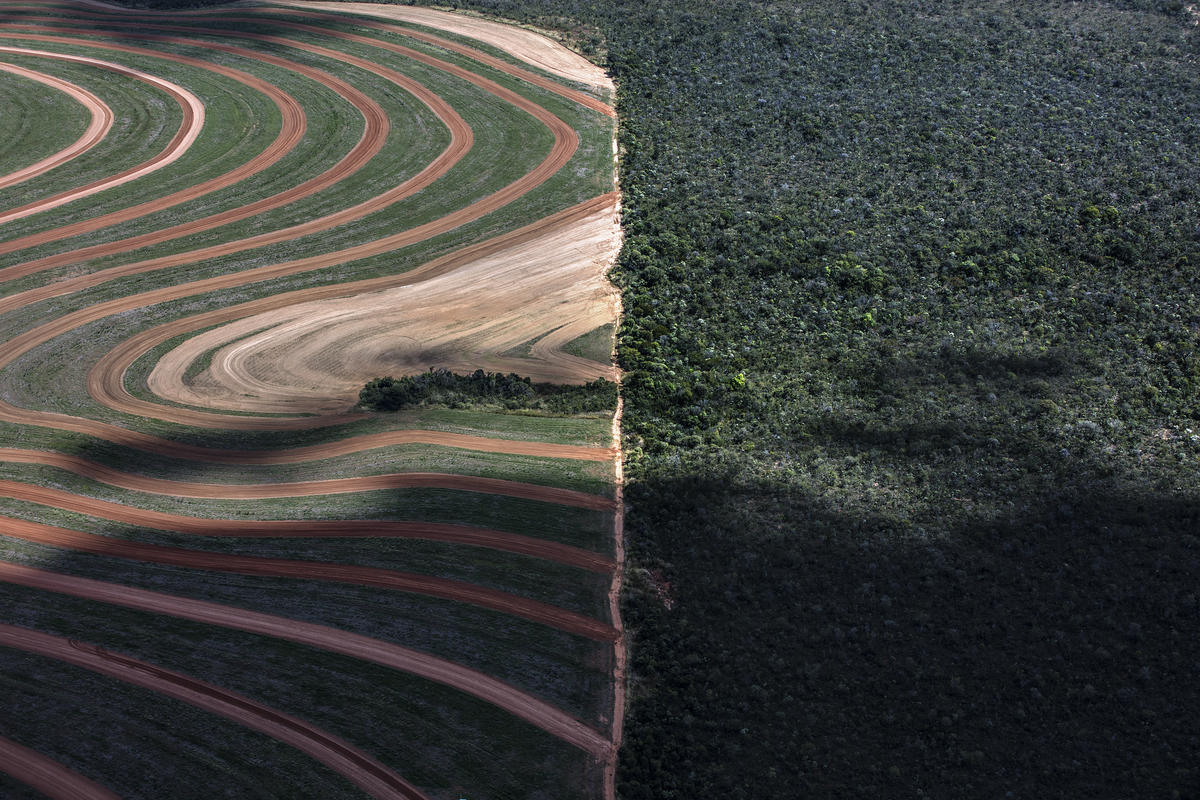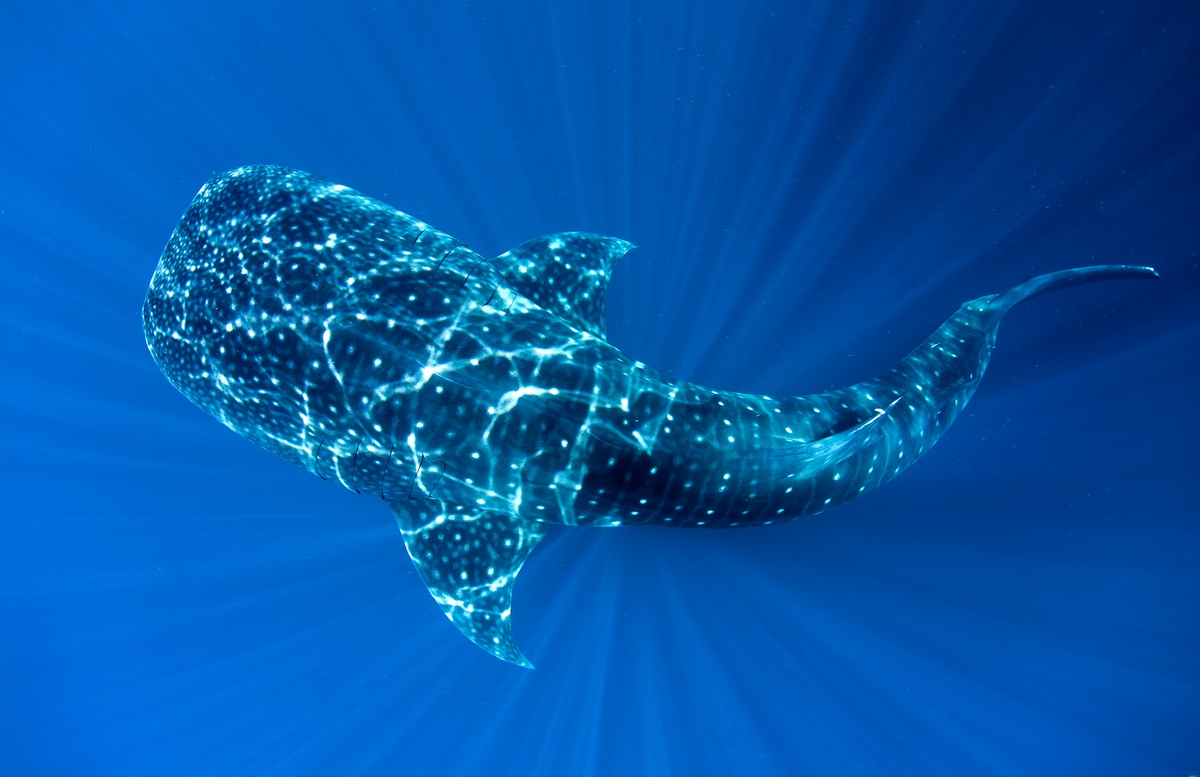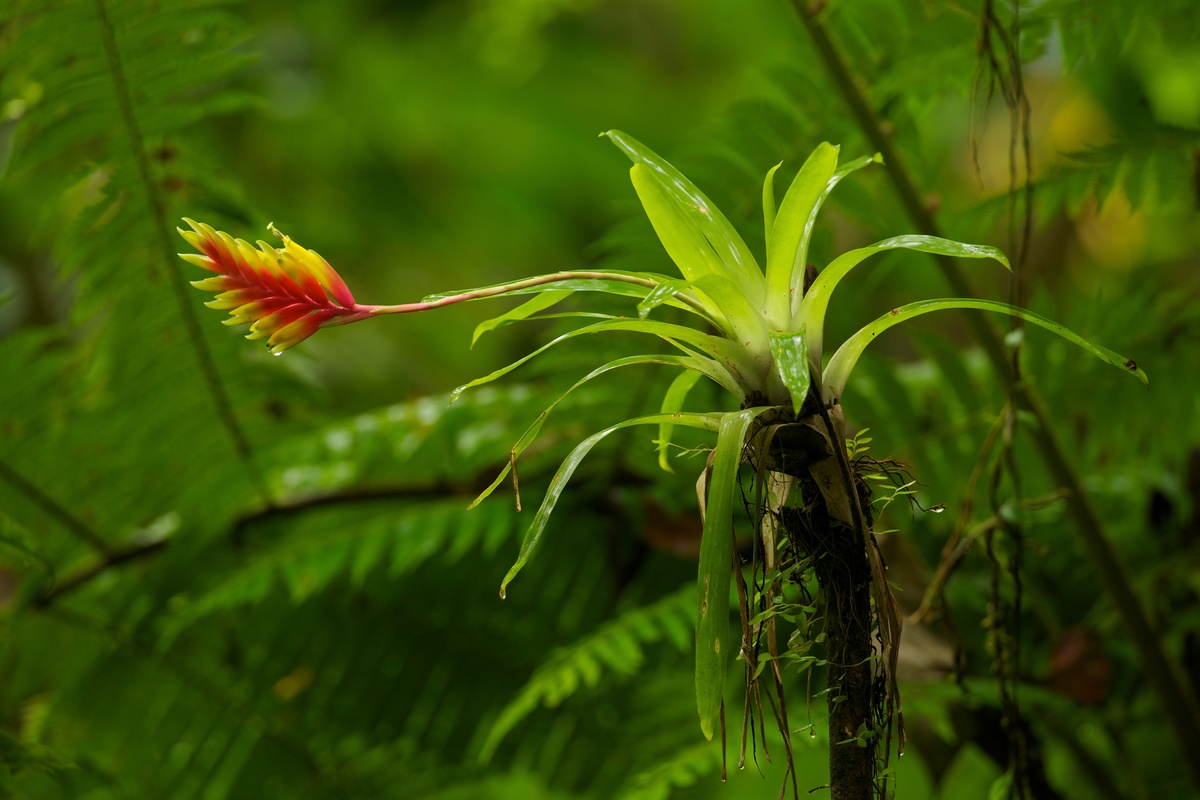In pictures: protecting our species on earth day

Habitat destruction, climate change, pollution and exploitation are all contributing to the loss of the world’s animal population. “Protect our Species” is the theme of this year’s Earth Day, which is annually celebrated on the 22nd April. The photos below show some of those animals whose existence is threatened by human activity.

Ahead of their 5 to 8 month long hibernation, these large omnivores stock up all manner of on food including berries, leaves, nuts, fish, fungi, small rodents, moose, elk, grass and even insects. It can take between 2 and 4 years before mothers wean their cubs off their milk. They are considered excellent diggers, skilled swimmers and can run at speeds of nearly 50km an hour. These bears are still found from Northern Manitoba and Nunavut west to the Pacific coast. However, the Canadian government considers the Grizzly population once found in Quebec and Labrador extinct as they have not been seen since 1948.

This shore bird breeds in the boreal forest and winters farther south in shallow saltwater locations. It does not congregate in large numbers to migrate, instead remaining dispersed and solitary. Males and females work together to raise their young. The breeding population is in decline and the Canadian government is considering recognizing the bird as threatened.

These short lived insects migrate to Mexico each year, but no single butterfly completes the return journey. Instead four different generations are born throughout the year and each completes a segment of the round trip. They can fly at between 20km and 40km an hour, and make use of updrafts of warm air called thermals to rise high into the air and slowly glide down. This endangered species has been negatively impacted by herbicides, human disturbances, and predation.

Although these carnivorous frogs primarily eat crickets, flies, worms and smaller frogs, they are also known to eat birds and garter snakes. They can lay over 60,000 eggs in breeding ponds that can support their tadpoles. Starting in the 1970s the massive population of these frogs began declining. The suspected causes include pollution, water acidity, deforestation, habitat fragmentation, introduced fish, and disease.


The acute hearing of these owls allows them to hunt small mammals who are hiding beneath vegetation and snow. Although these birds do not regularly migrate south, some years they do travel south of their breeding range in the winter, likely in search of more plentiful food. This nocturnal and unsociable bird is evasive and shy of humans, making it one of the species that humans know the least about.




In Indonesia, forest destruction for palm oil is pushing Sumatran tigers to the edge of extinction, with as few as 400 left in the wild. Companies must commit to zero deforestation and end their role in tiger habitat loss.




Article Tagged as: Featured, Forests, Uncategorized, biodiversity, earth, endangered species, in pictures



